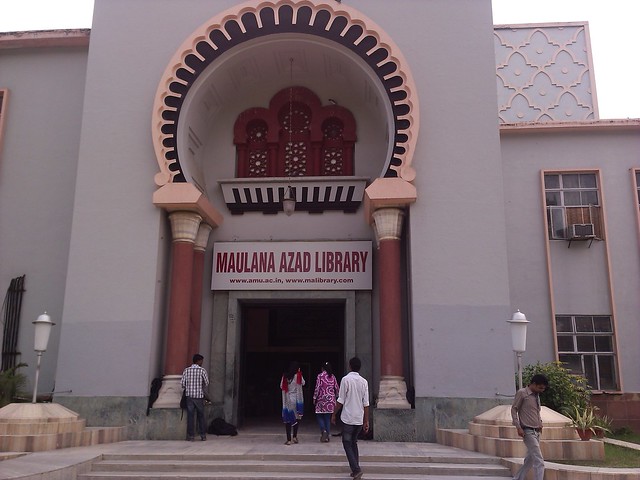Dr Syed Zafar Mahmood,
An innocuous remark by the Aligarh Muslim University (AMU) vice-chancellor seems to have been used by the local correspondent of a national newspaper as the proverbial bait to lure media attention. But, in the process, the 136-years-old seat of high learning had to suffer the ignominy of defamation.
Freedom of the media is surely the ‘ark of the covenant of democracy’. Yet the international and national laws do not allow one kind of freedom to trample upon another. London’s Harrow School, Hong Kong’s Diocesan School, Los Angeles’ Loyola School remain exclusively for boys in the year of grace, 2014. Back home, Rajasthan’s Banasthali University and Jayoti Vidyapeeth do not permit boys to study there even today. Satish Chand Dhawan College of Ludhiana, Mayo College of Ajmer, Government College of Udhampur, Christ College of Bangalore have no place for girls.

Similarly, the AMU provides for co-education at postgraduate level. For decades, the post-grad boys and girls have been visiting and benefiting from the varsity’s central Maulana Azad Library as well as dozens of departmental libraries. For undergrad girls there is exclusive and comprehensive library facility in the women’s college campus where they attend their classes and also live there in the hostels. However, the media finds AMU retrograde if, in addition to the huge library in the women’s college, the undergrad girls are not accommodated round the clock even in Maulana Azad Library.
Don’t the media scribes think that if they have to speak in united manner against retrograde and offensive anti-women practices in our country such as foeticide, dowry deaths, absence of reservation for women in the legislature, etc. The media does play the noble task of strengthening the grassroots democracy yet it should not allow itself to undergo a tectonic shift or to have a squinted eye growing out of sub-societal parochialism.
Media must remain above board, apolitical and a-communal. It is important to recapitulate that with the rights of media freedom come responsibilities of larger public interest, equity, justice, fair play, non-harassment and non-discrimination.
The episode prompts one to reflect on the current status of media regulation. The Press Council of India is statutorily empowered to take suo moto cognizance or entertain complaints against newspapers and journalists accused of violating standards of journalistic ethics. It may summon witnesses and take evidence under oath and issue warnings and admonish the newspaper, news agency, editor or journalist.
The Law Commission’s May 2014 consultation paper on the media law says that the exponential growth and reach of media has shown unhealthy trends of competition, leading to sensationalized reporting. While this is certainly not true across the board in the whole media, the problem is certainly extensive.
The Commission added that “civil defamation is dealt with under the law of torts whereas criminal defamation is an offense under Section 499 of the Indian Penal Code. A journalist has no special status under defamation laws in India. Although the press enjoys the freedom of speech and expression under Art. 19(1) (a) of the Constitution, defamation is a ground for a reasonable restriction to this freedom under Art 19(2).”
Section 66A of the IT Act makes it a punishable offense to send messages that are offensive or false or created for the purpose of causing annoyance or inconvenience, danger, obstruction, insult, injury, criminal intimidation, enmity, hatred or ill-will, through a computer or other communication device.
The Law Commission has thus asked the people of India a pertinent question: Is there a need for a regulatory authority with powers to ban or suspend coverage of objectionable material? If yes, should the regulatory authority be self-regulatory or should it have statutory powers?
The UNESCO Paper of 2011 on self-regulation by media includes in the essential elements of journalism the responsibility to make the news comprehensive as well as proportional and ensure non-harassment. While dealing with the recent AMU library matter, the media did not report the massive demonstration of the students and staff – men and women – protesting against the media making a wrong mountain of a right molehill and, in the process, showing the AMU in poor light.
Even then, AMU should not have banned the newspaper concerned from the campus. Rather, it should keep on positively projecting the correct facts and, if warranted, proceed under the law. Nonetheless, time seems to have come to have in India a media ombudsman as found in USA, Latin America, Europe and parts of the West Asia and Asia.
(The author is president, Zakat Foundation of India [email protected] )

